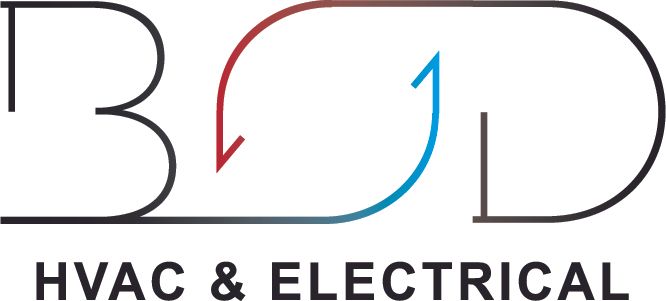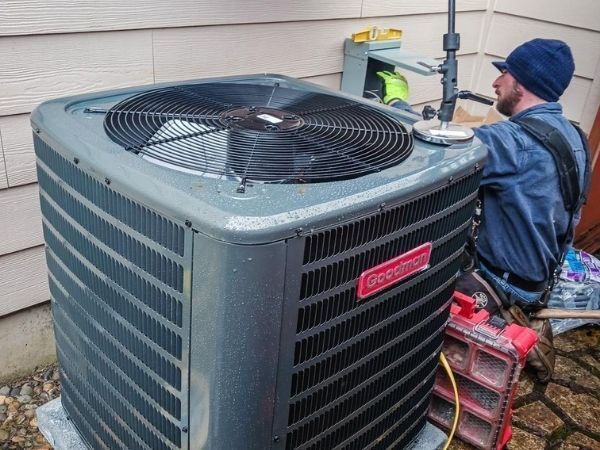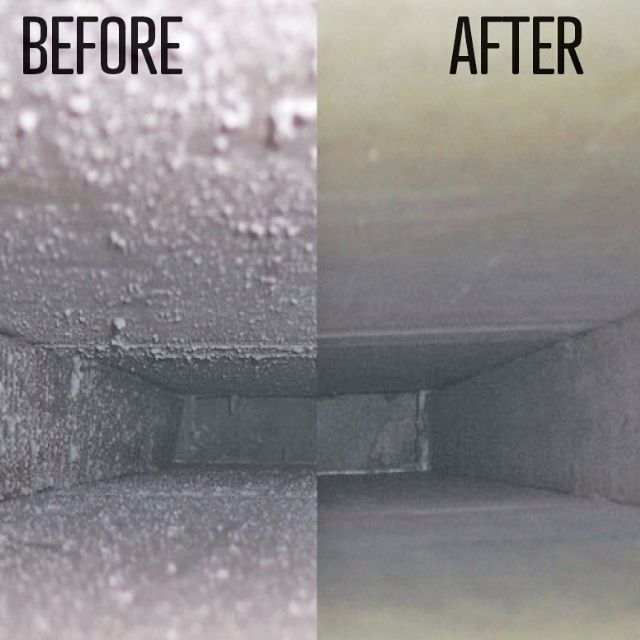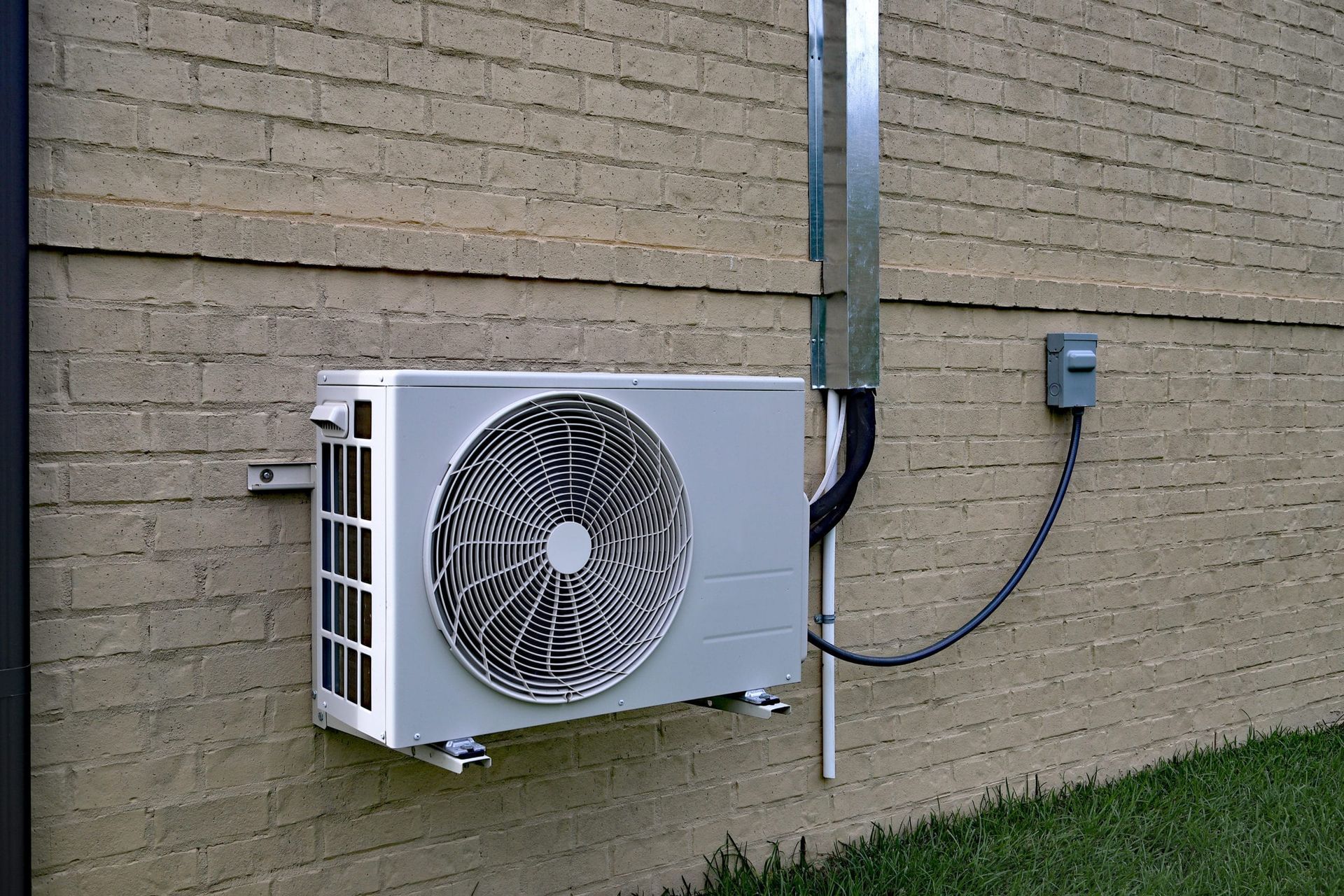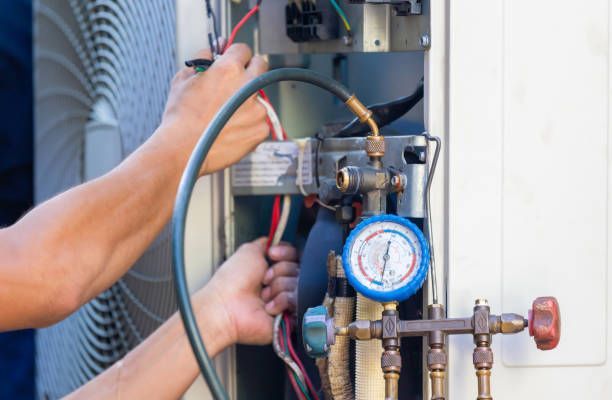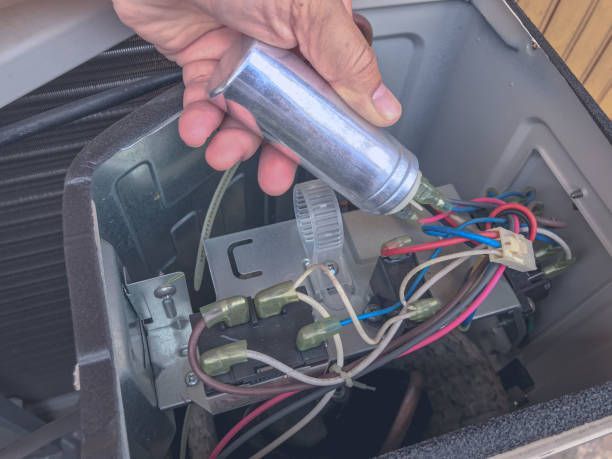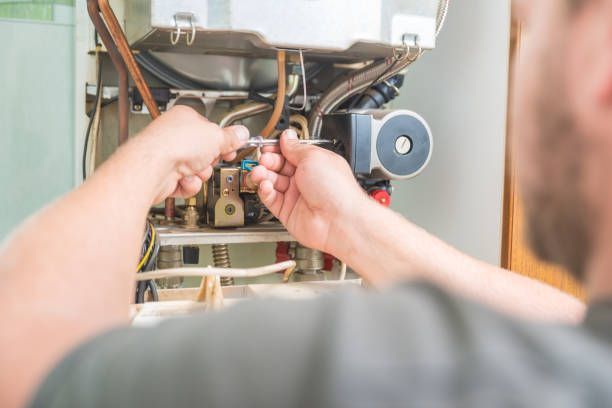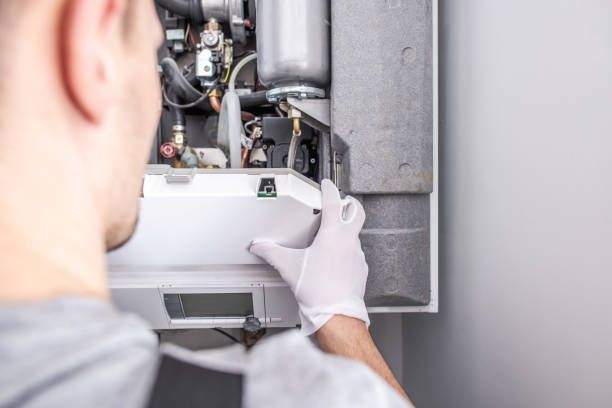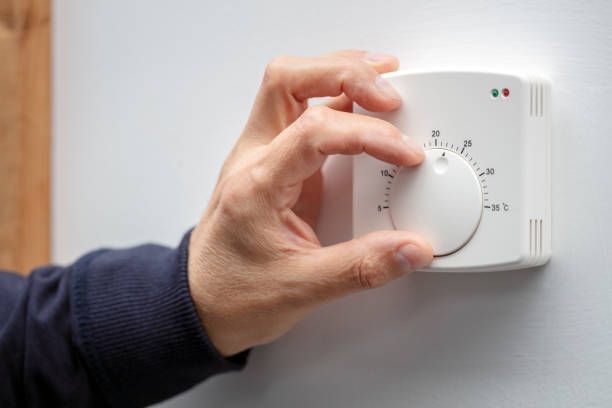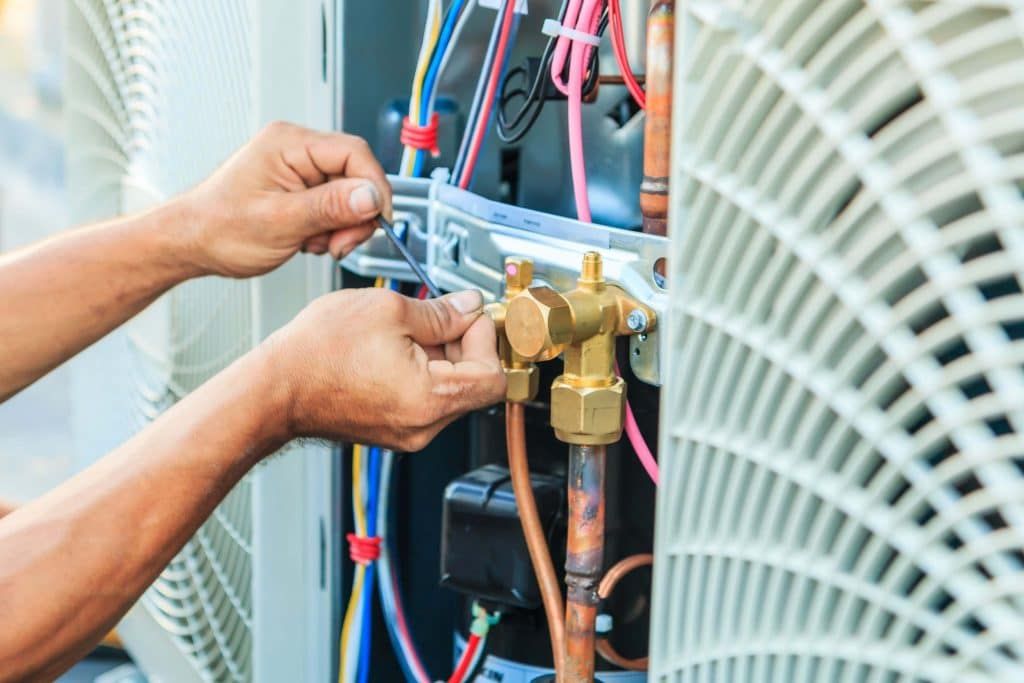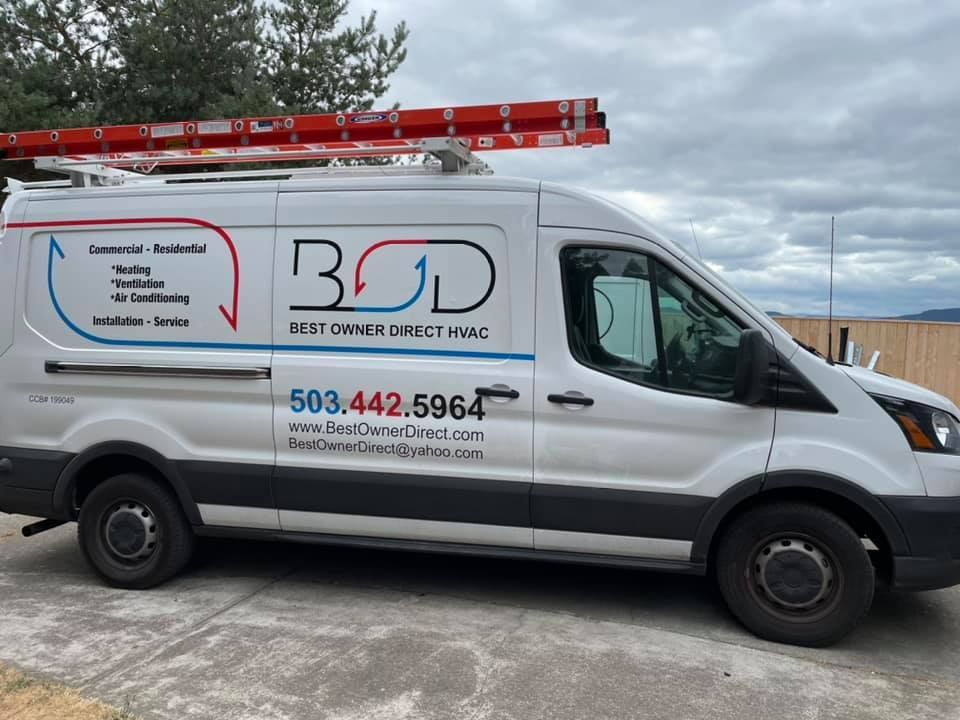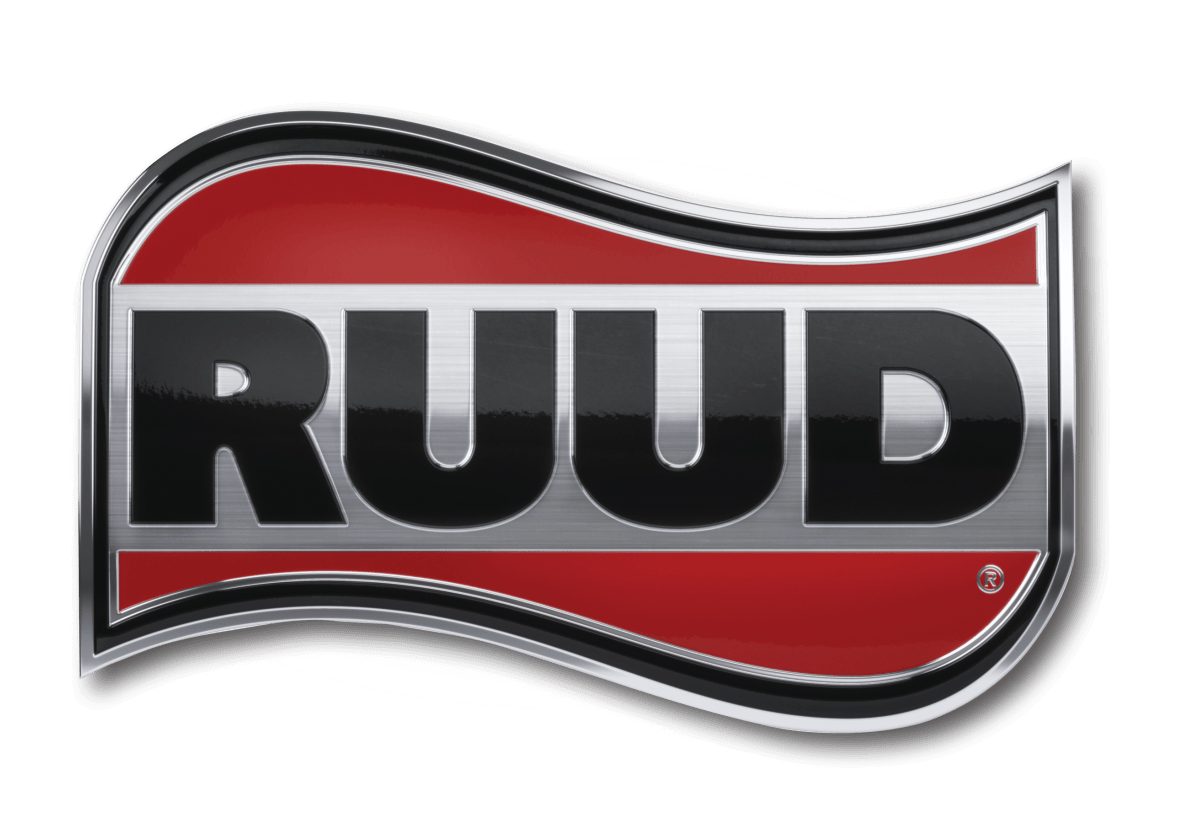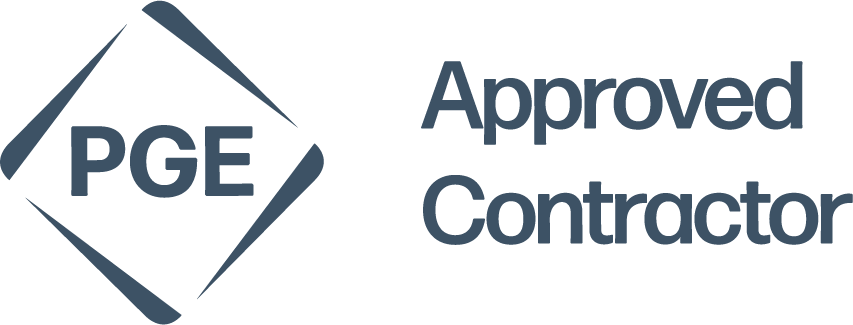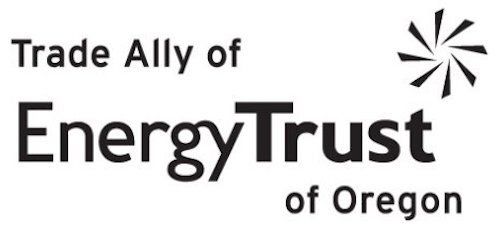Summer can be tough on your HVAC unit. It's the one time of year that it works overtime to keep you cool and comfortable while fighting against hot summer days to do its job well.
It's hard to imagine life without your home heating and air conditioning system, but there are plenty of reasons why it might be time for you to schedule an inspection. Regular inspections help ensure that the HVAC is working as efficiently as possible while prolonging its lifespan. In addition, they can save homeowners money on their utility bills by reducing energy consumption. But don't wait until something goes wrong – read this DIY maintenance checklist now so that you know how often each part needs to be inspected.
The following HVAC maintenance checklist is a great way to ensure your cooling system will last through the summer.
1. Keep the power supply off
It is crucial that you shut down power when working on any electrical, mechanical, or large appliance. For starters, you should always turn off the electricity from the breakers before shutting it out at a unit's specific panel box. This way, there will be no chance of injury, and you'll also prevent damage by avoiding accidental overloads during your work time.
2. Check the refrigerant lines
Your HVAC unit is responsible for creating a comfortable environment in your home or office. If the lines that carry cooling gas are not insulated, they will heat up too quickly and produce cold air much less efficiently than usual. Remember to inspect these lines each month so you can make sure insulation isn't missing or deteriorating; if it does, replace it as soon as possible before things start feeling even warmer!
3. Clean the debris
A well-maintained condenser unit can help you save on energy bills and maintain a pleasant home environment. For the exterior condenser to work correctly, it needs proper ventilation. The first step to getting started is trimming back any foliage growing close to your unit and removing dirt, leaves, cobwebs, and other debris from the outside of your home, leaving a space between them and neighboring plants.
4. Clean the soggy drain line
Condensate drain lines are where the air passes over and collects any moisture inside. As this water evaporates, it can gather algae that will grow in your condensate line if not cleaned every three months as recommended by professionals. That's why you should pour bleach down to clear away all of those unwanted microbes, so they don't develop into an issue for a long time.
5. Clean/ Replace air filters
Air filters are a crucial part of any home. Air cleaners remove pollen, dust, and other particles that circulate in the air to improve your air quality. The filter should be washed or replaced periodically, depending on manufacturer instructions. Still, you'll want to replace it monthly during times of heavy use, such as cooling seasons, because this will increase energy efficiency and reduce costs for power bills.
6. Be concerned about the noises and smell
The HVAC unit is your home's lifeblood, ensuring that the air stays cool and dry. However, you may start to notice some odd smells or sounds coming from it, which means there could be a severe issue inside it. If this happens, pay close attention so we can come out as soon as possible.
Your air conditioner is one of the best inventions ever. Help it keep you cool by regularly performing routine maintenance such as cleaning, changing filters and clearing clogged drains to get your system up and running. Call today or click the book online button below to keep your system working all year round.

